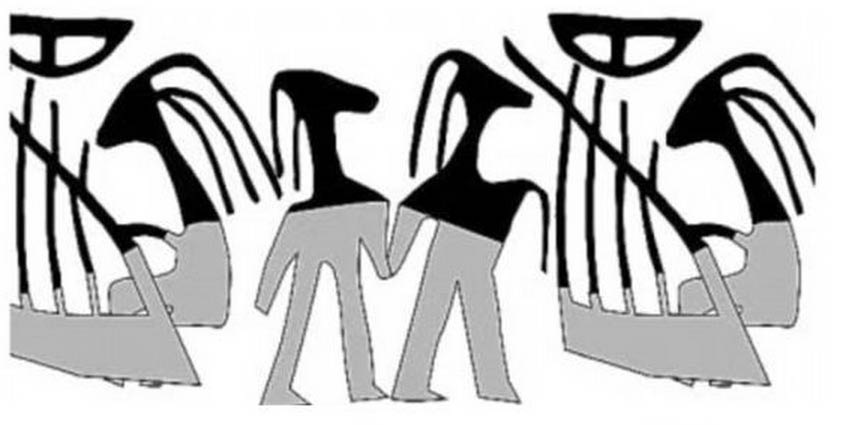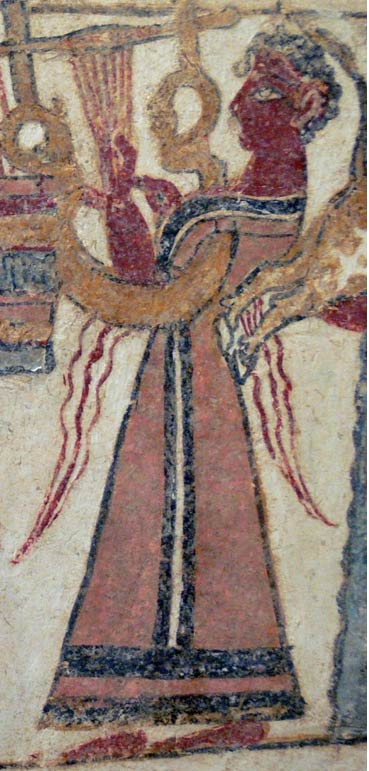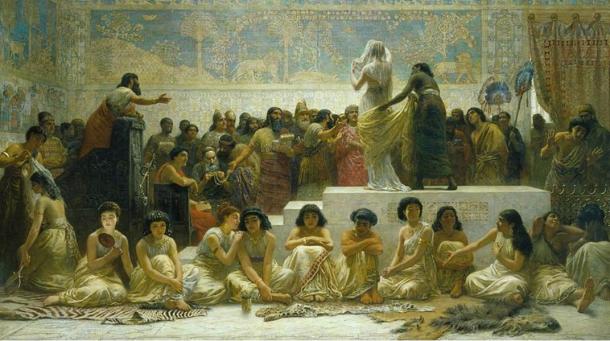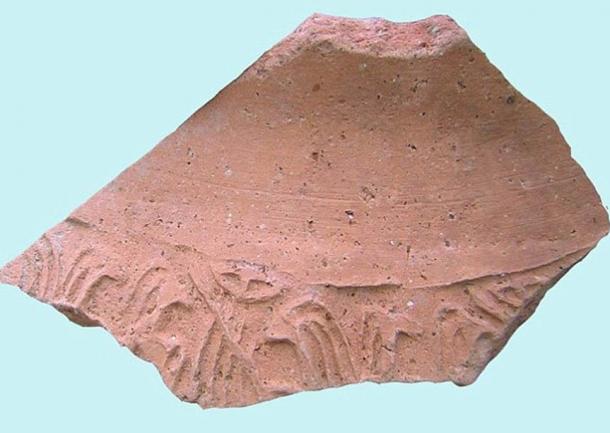Examples of written Aramaic from the time of the Second Temple are very rare,” reports Haaretz. “The use of Aramaic on the walls suggests that it was the common language of the time, which could strengthen the argument that Jesus spoke Aramaic, as opposed to Hebrew.
Read more: http://www.ancient-origins.net/news-history-archaeology/ancient-ritual-bath-found-jerusalem-aramaic-graffiti-it-003560#ixzz3iCH6TRPY
...............................................
Aramaic alphabet and writing pre-dates Hebrew and was probably the model for Hebrew and even Indian Sanskrit writing systems.that followed.
Ancient Indian and Hebrew Language Connection?
www.viewzone.com/matlock.html
Kod and Khad are Sanskrit terms for "First," "The Beginning," or "God. .... The Hebrewsquare alphabet and the truth that Hebrew is just an Aramaic dialect ...Ancient Scripts: Avestan
www.ancientscripts.com/avestan.html
The Avestan alphabet was modelled on the Pahlavi script, which in turn was derived ... the shape of the letters are cursive like those in contemporary Aramaic scripts. ... In fact, the oldest Avestan is so similar to the oldest Sanskrit that you can ...'Ancient Hebrew inscriptions' baffle Israeli archaeologists
BBC News-Aug 5, 2015
On its walls were letters in Aramaic - the common language spoken in the time of Jesus - written in Hebrew script, and a series of symbols either smeared on ...
Brahmi script - Wikipedia, the free encyclopedia
https://en.wikipedia.org/wiki/Brahmi_script
An origin in Semitic scripts (usually Phoenician or Aramaic) has been proposed ... :377Sanskrit was not written until many centuries later, and as a result, the original ... a reversed κ, looks a lot like Aramaic aleph, which resembled Hebrew א.
Wikipedia
Aramaic alphabet - Wikipedia, the free encyclopedia
https://en.wikipedia.org/wiki/Aramaic_alphabet
Among the scripts in modern use, the Hebrew alphabet bears the closest relation ...script, ancestor of the Brahmic family of scripts, which includes Devanagari.
Wikipedia
...................................
Follow us: @ancientorigins on Twitter | ancientoriginsweb on Facebook
Ancient Ritual Bath Found in Jerusalem with Aramaic Graffiti on it
Ancient Origins-7 hours ago
The graffiti inscriptions appear to have been written in Aramaic, though archaeologists studying the site say it is hard to read them. “Examples of ...
Mysterious ancient mikveh with Aramaic graffiti found while building ...
Highly Cited-Haaretz-Aug 5, 2015
Highly Cited-Haaretz-Aug 5, 2015
.......................
And what were these infidels doing in Isra-Hell 5000 years ago ?When are their ancestors going to claim it from the 'modern' white Euro Trash HeJews?
Read more: http://www.ancient-origins.net/news-history-archaeology/5000-year-old-musical-scene-found-pottery-israel-020416#ixzz3iCIOOGUq
Follow us: @ancientorigins on Twitter | ancientoriginsweb on Facebook
...................................................
Highly Cited-Discovery News-Aug 5, 2015




No comments:
Post a Comment